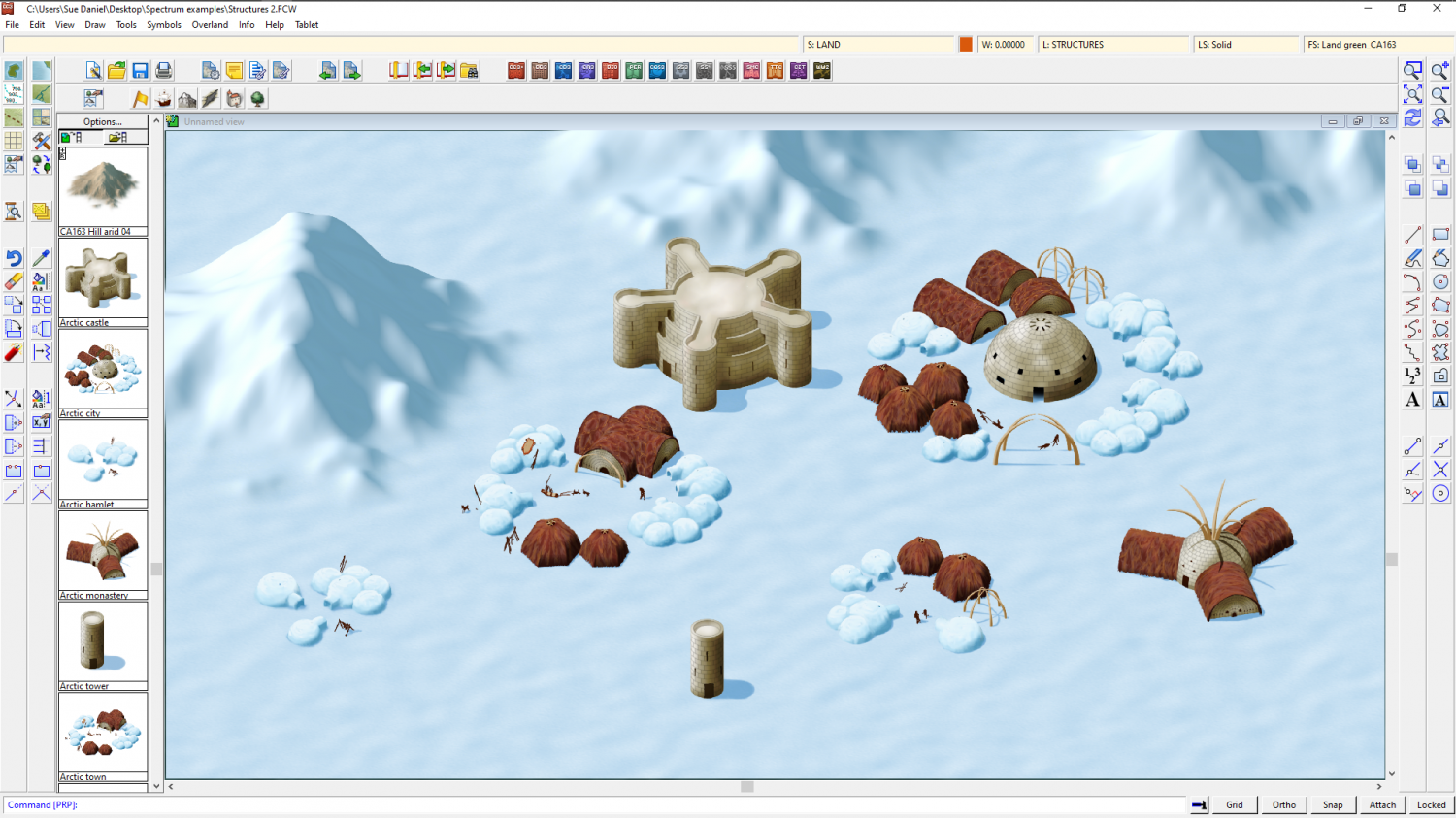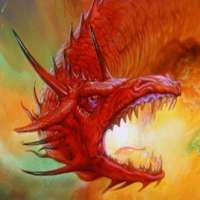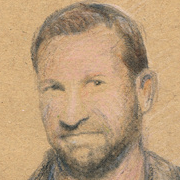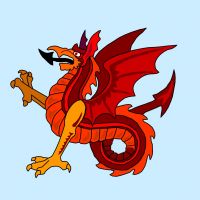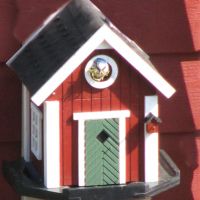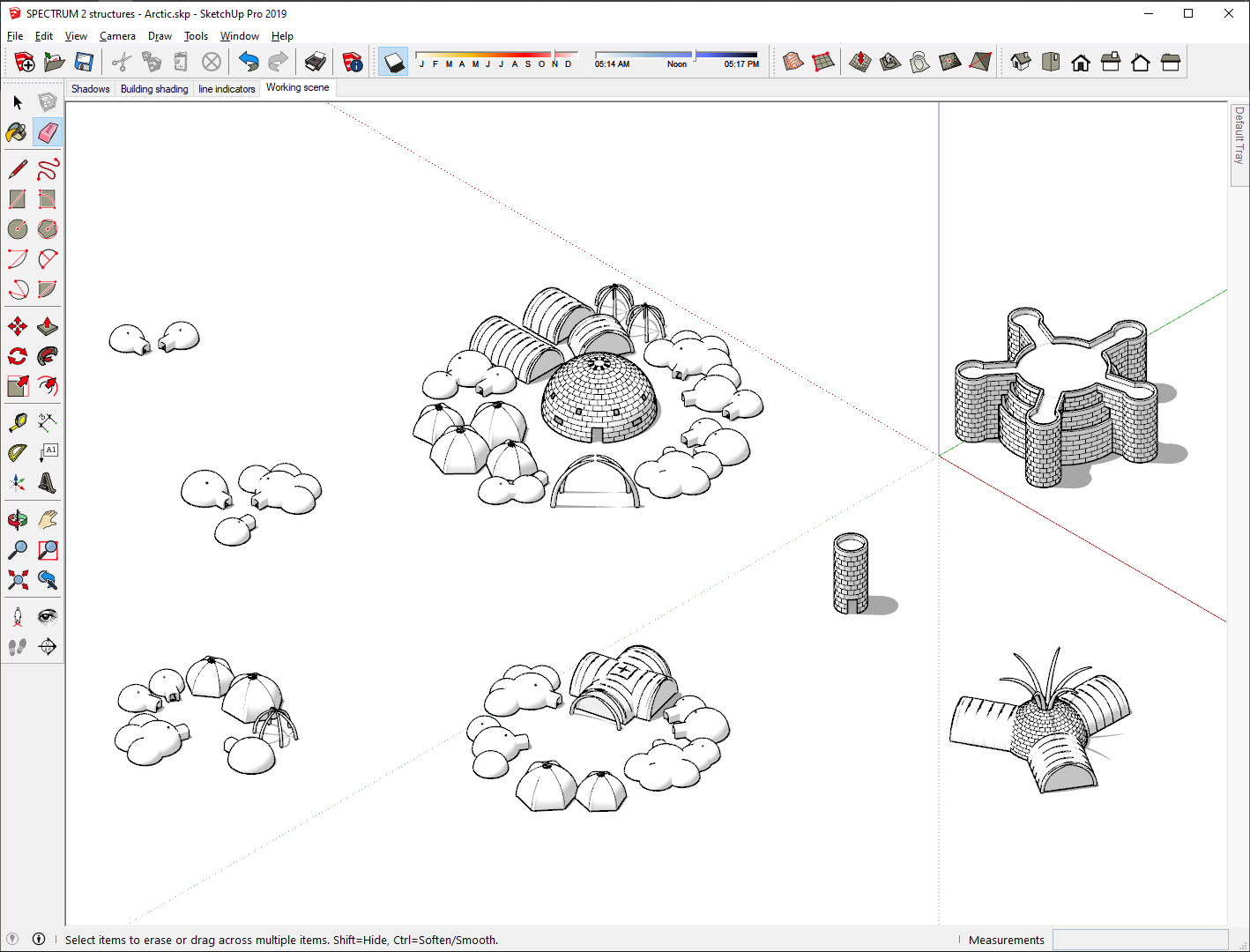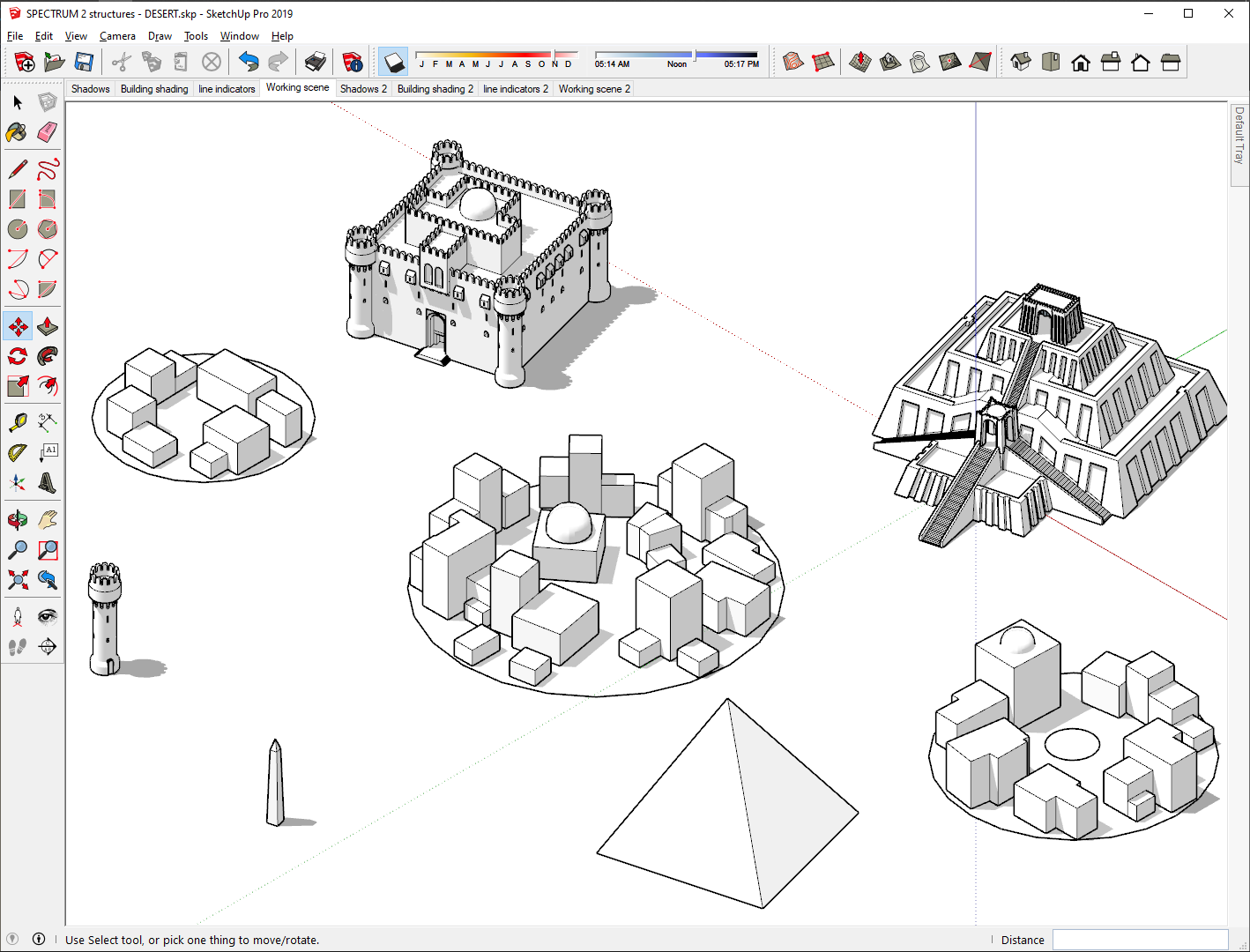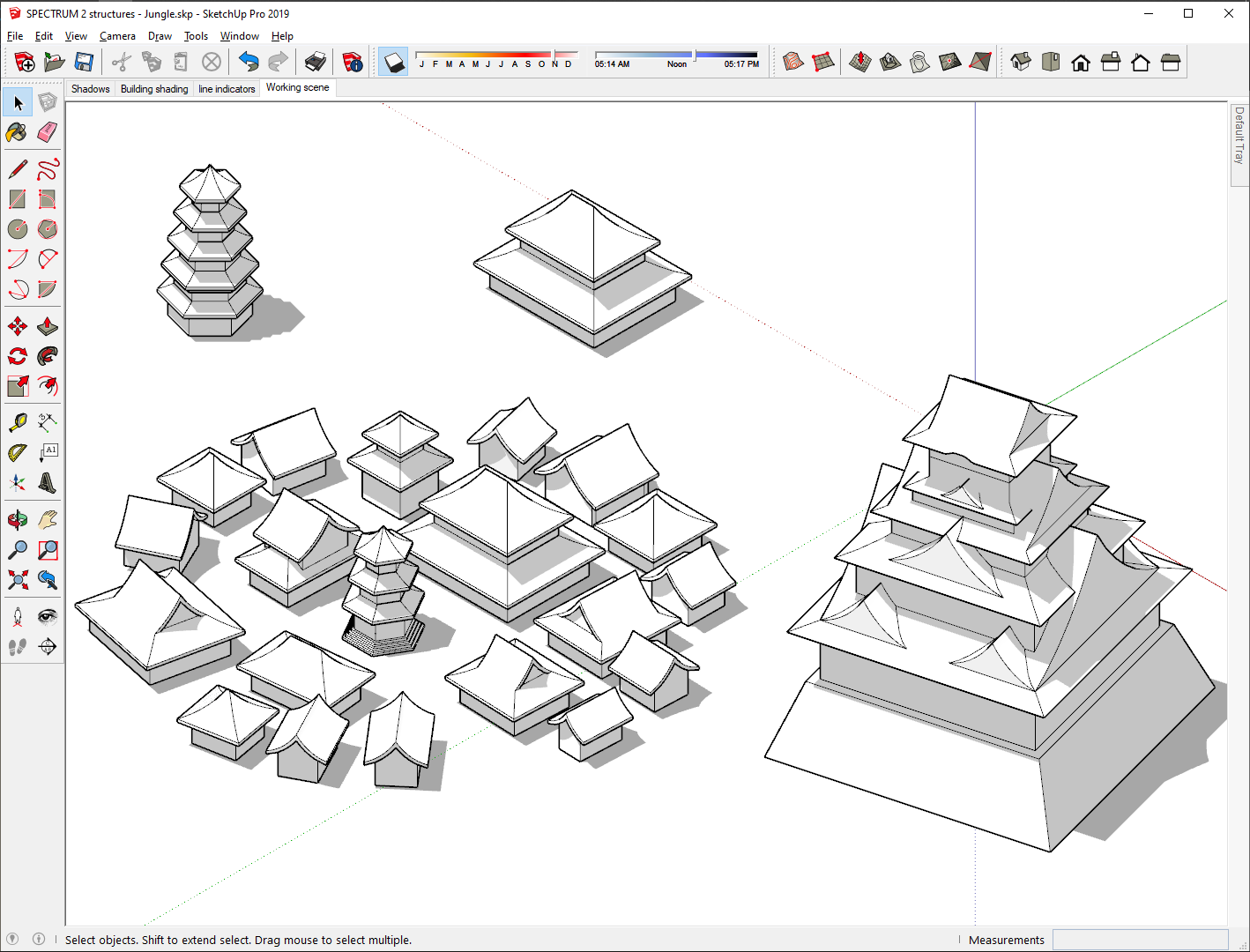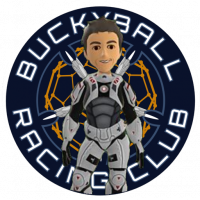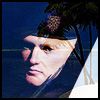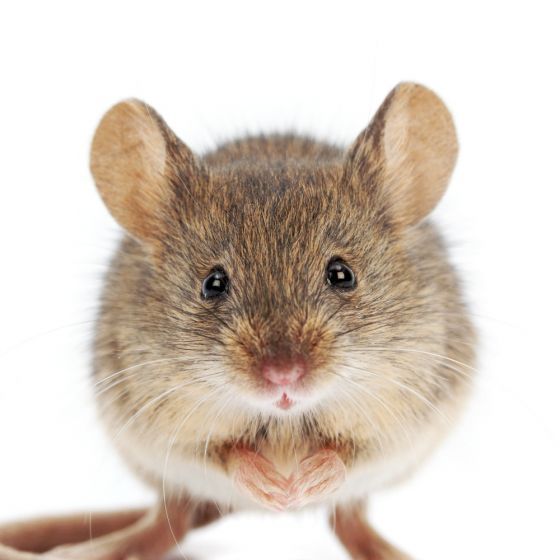
Loopysue
Loopysue
About
- Username
- Loopysue
- Joined
- Visits
- 10,121
- Last Active
- Roles
- Member, ProFantasy
- Points
- 9,981
- Birthday
- June 29, 1966
- Location
- Dorset, England, UK
- Real Name
- Sue Daniel (aka 'Mouse')
- Rank
- Cartographer
- Badges
- 27
-
Project Spectrum - Part 2
-
Community Atlas - Blackrock WIP
-
Project Spectrum - Part 2
I've been working long days on all the Sketchup models I will need to do the Structures for part 2, and I've almost finished bar a few details. Here are a few samples for the record.
Arctic structures
Desert structures
Tropical/jungle structures
As you can probably tell the sculpting is a matter of working out the basic outline and the shadows so that I get them right in the final drawing, so some things are more detailed while others are merely blocks.
From here I export 3 sheets from each one - the lines, the shading and the shadows all separate, then import them into Affinity Photo, where I will do the actual painting.
-
Fix Grid and Snap?
Yes, I've seen your page before.
Very impressive :)
I'm not so much into animation, having set a PC on fire one night a few years back when something went wrong on an 18 hour render. A person has to sleep eventually! That was the one I threw out of the window before it set the rest of the flat on fire.
I keep a fire extinguisher in the room these days ;)
-
Community Atlas - Blackrock WIP
It's looking pretty cool, Jim :)
I think you might have an unexpected glow effect, or something similar set on the sheet with the second level of grass on it. That would be what is causing that darker line between the different levels of grass. If you haven't got anything like that I would be interested in seeing what you do have on that sheet.



